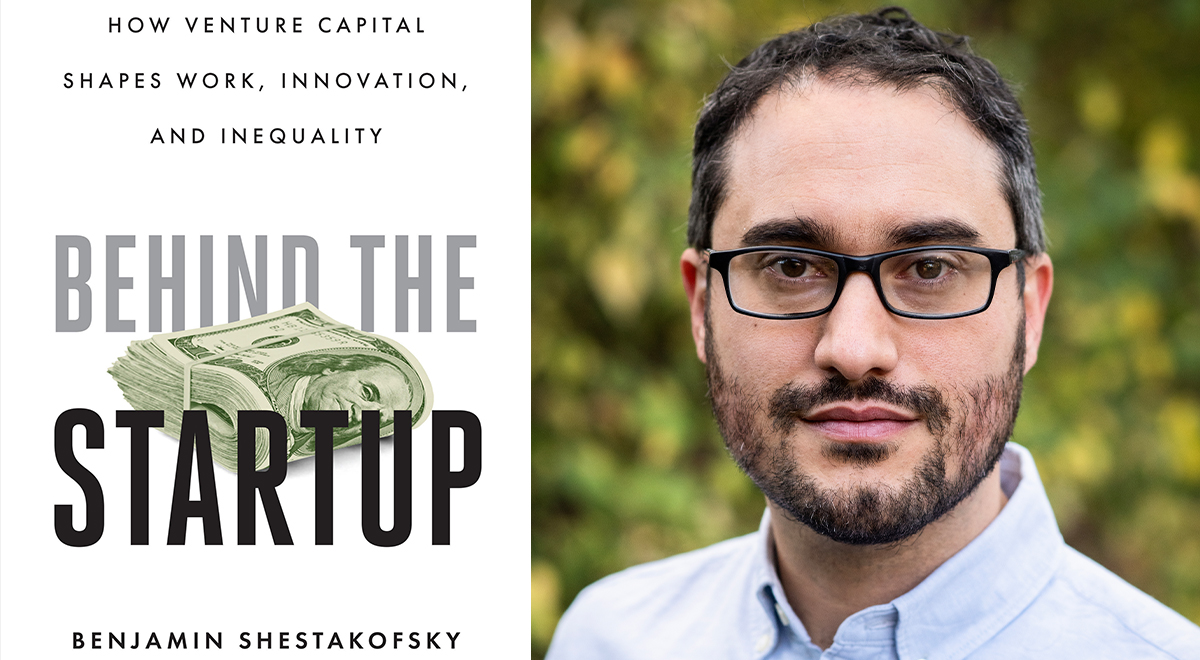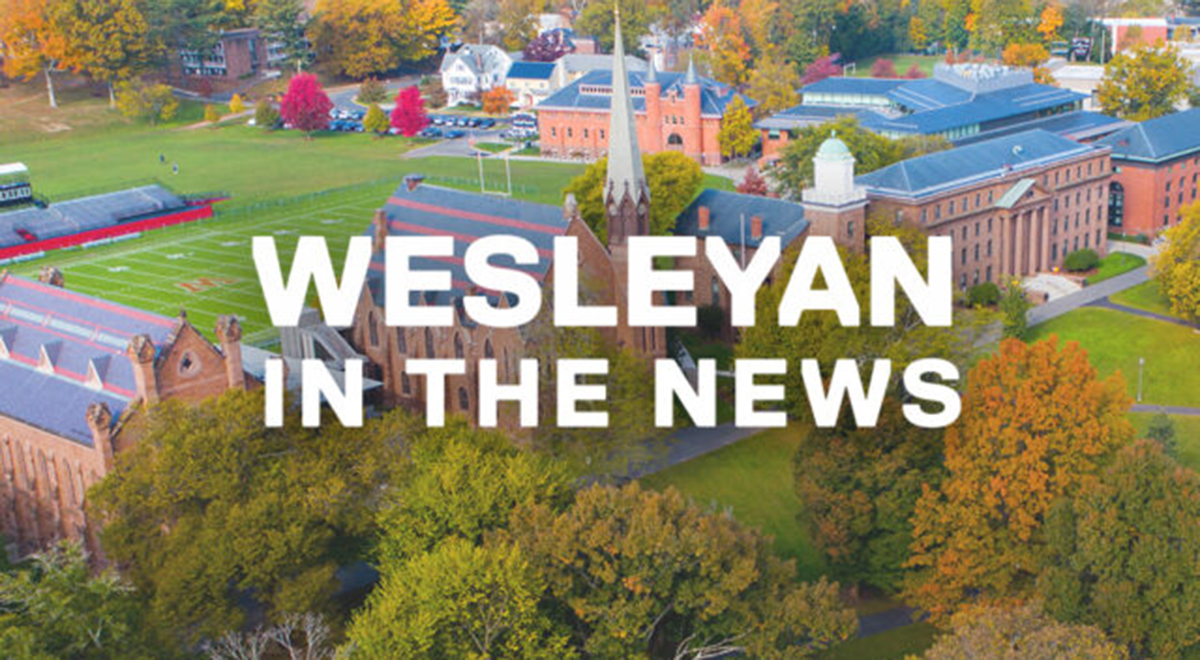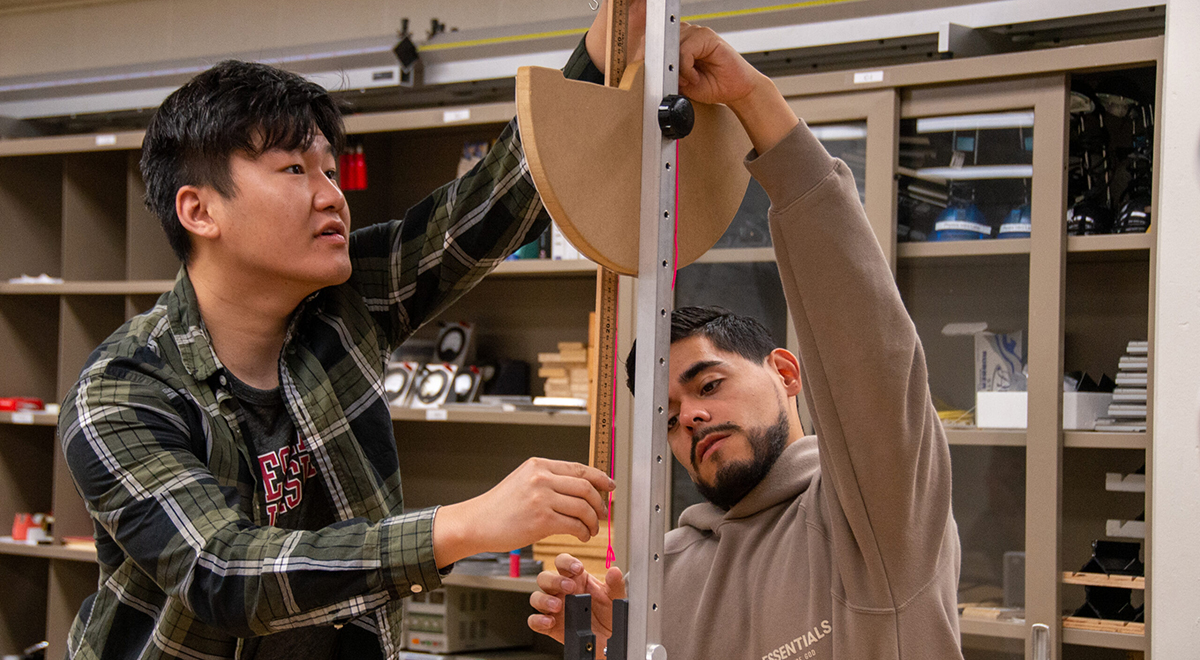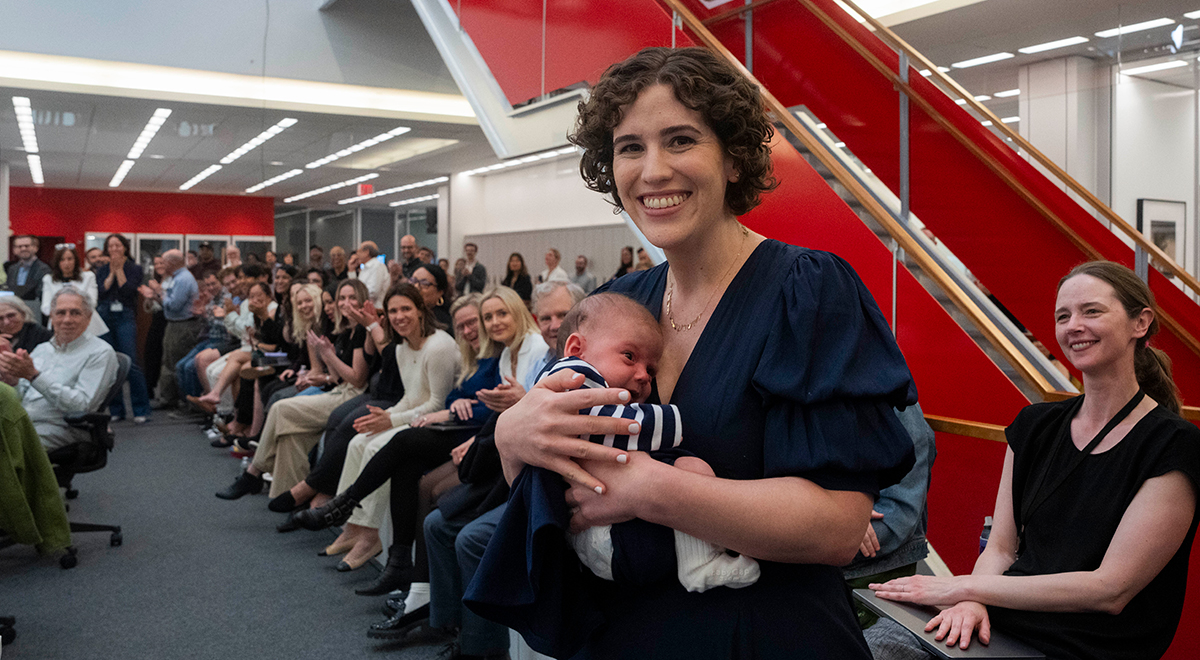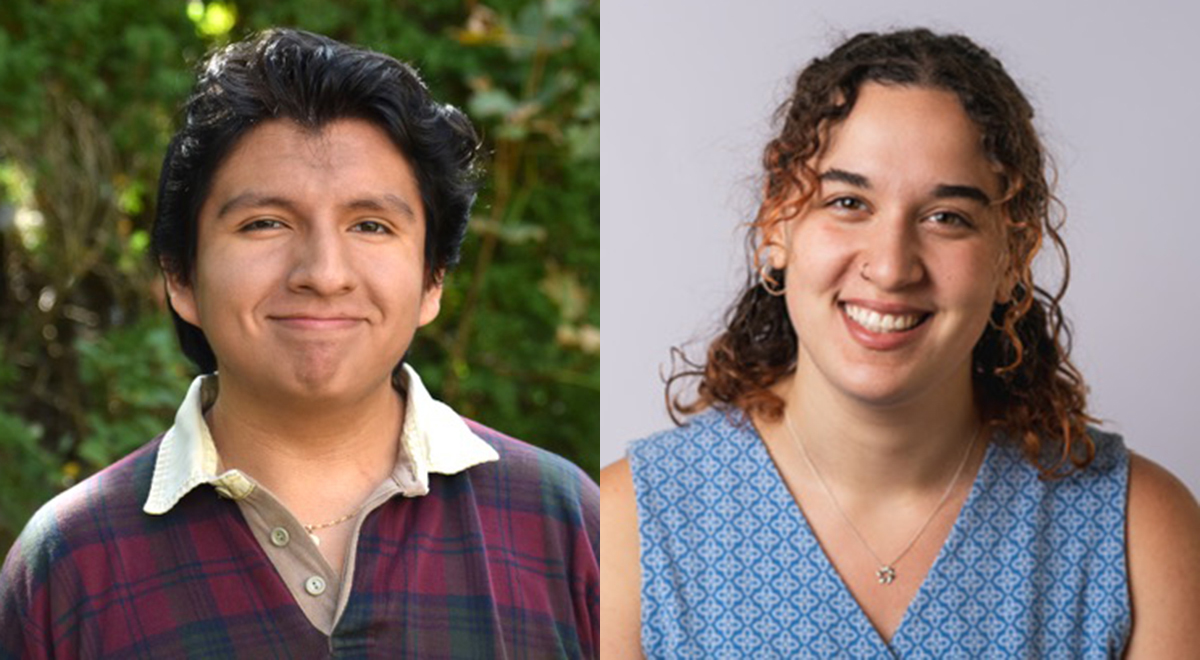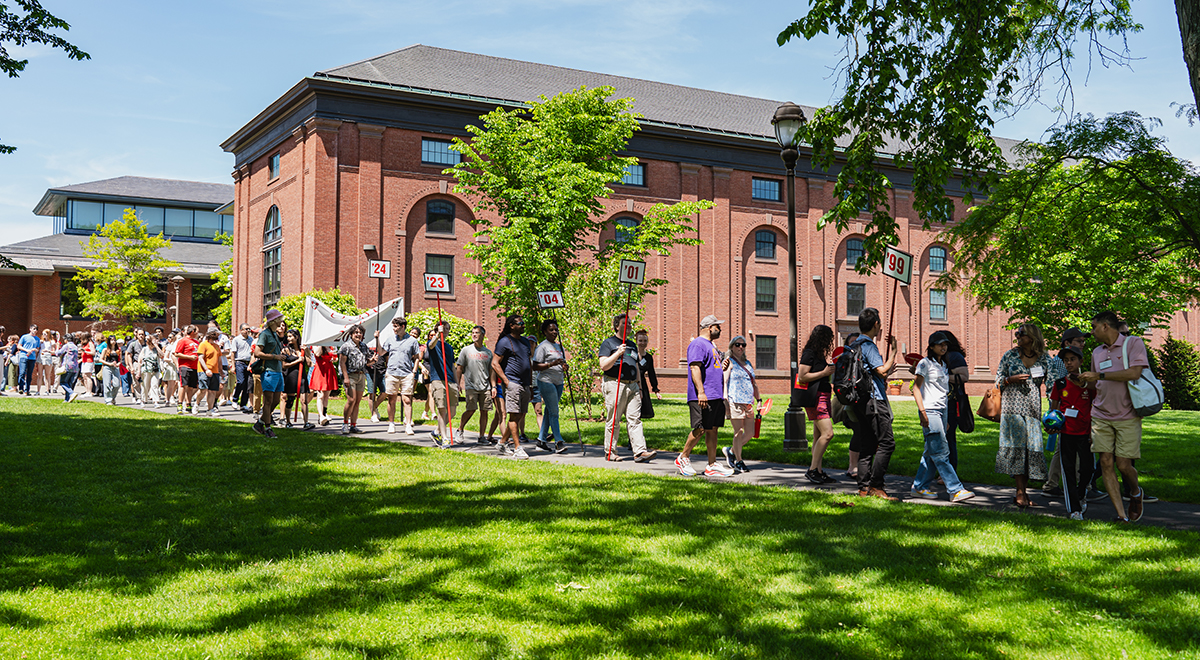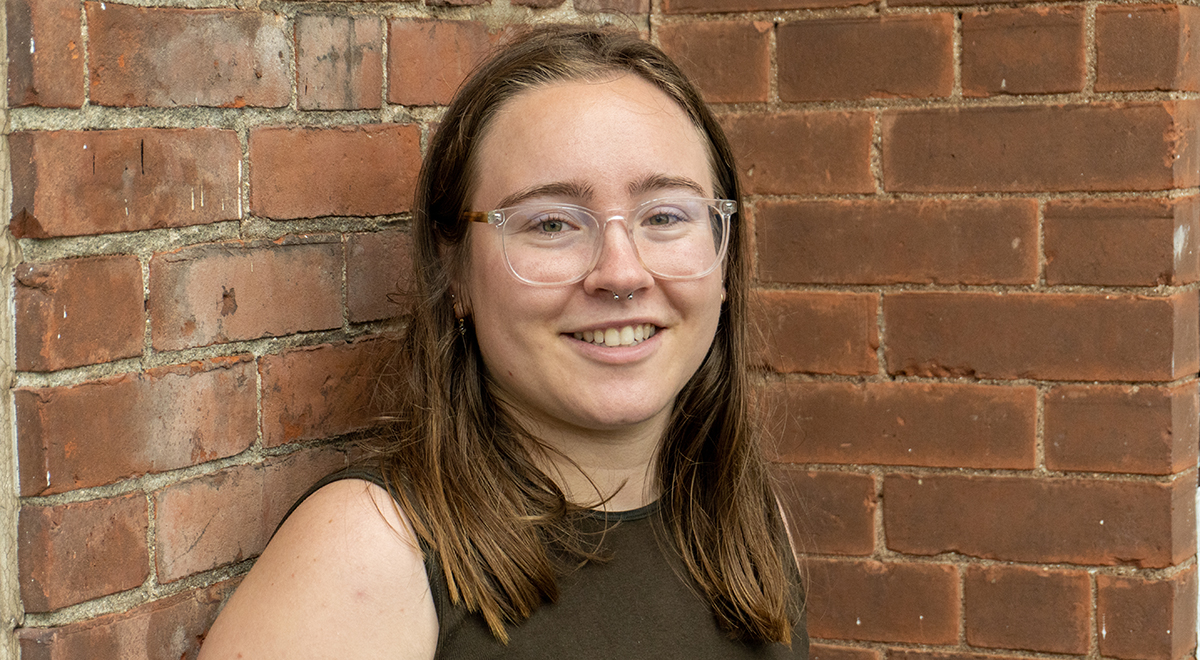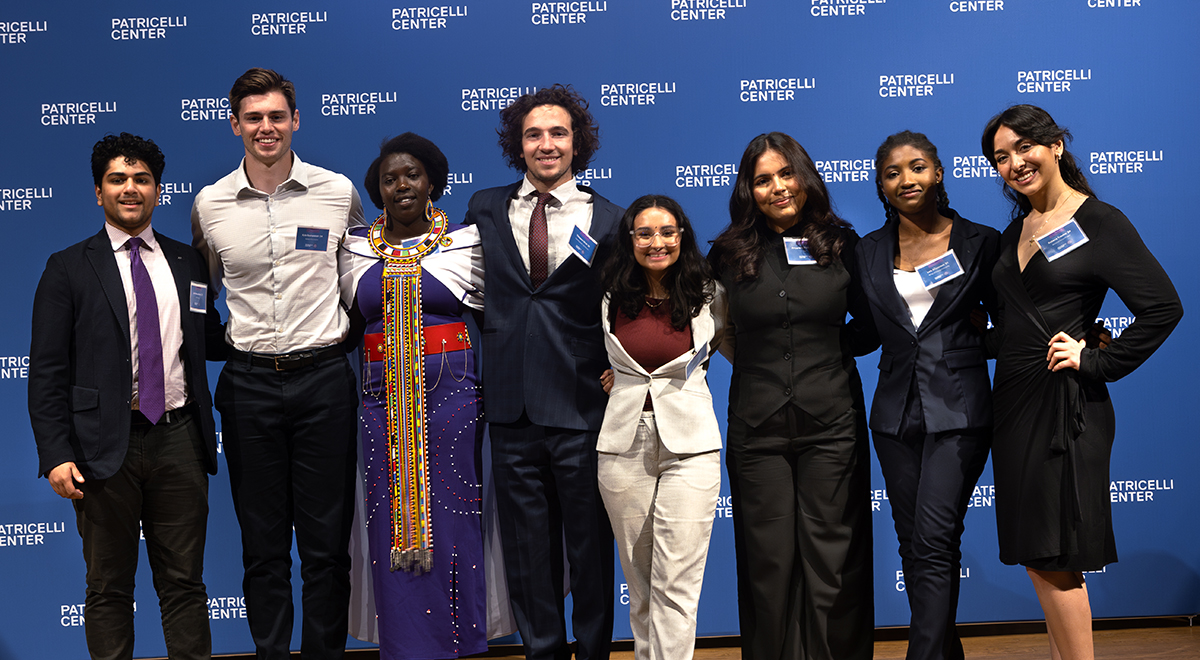For decades, many people thought that technology startups were a source of positive change in the world and an economic driver for the United States, said Benjamin Shestakofsky ’05, assistant professor of sociology at the University of Pennsylvania. But over the last 10 years, public opinion of tech start-ups has swung a different way. “People have become increasingly aware of the social problems that startups can leave in their wake as they grow,” Shestakofsky said. Alongside the data leaks and spread of misinformation that are popular topics in federal hearings and media reports, there are other costs to technological growth…
Tony Award-winning playwright and composer Lin-Manuel Miranda ’02, Hon. ’15 collaborated with playwright and actress Eisa Davis to release a concept album inspired by the cult-hero movie “The Warriors,” according to the Los Angeles Times. The 26-song album, executive produced by the rapper Nas, will be released on Oct. 18 by Atlantic Records. “We’ve spent the past three years musicalizing the Warriors’ journey home, from the South Bronx to Coney Island,” Miranda and Davis said in a joint statement, according to the Los Angeles Times. “Along the way we’ve gotten to work with a lot of our favorite artists, and…
Navy veteran Orion Cox ’28 once viewed higher education as a box to check before beginning his post-military career. After completing two Warrior-Scholar Project educational boot camps, however, his perspective changed. “Now I view college as a place to grow and become a better version of yourself,” Cox, 24, said. A Seattle native, Cox spent five years in the military as an air traffic controller to pay for his education, but he dreams of becoming a composer. He said he’d love to score an animated feature film one day. He enrolled at Wesleyan and will begin studying music in the…
A few years ago, New York Times investigative reporter Hannah Dreier ’08 obtained a swath of data on the locations of children immigrating to the United States without their parents — a demographic easily targeted by unscrupulous employers. She dialed around in search of anything that could point to whether these children were working underage, but each call resulted in the same conclusion: no one claimed to know anything. So, she put down her phone, hopped on a plane, and traveled where the data pointed her. Within a day or two at each location, she found and interviewed migrant children…
Two recent Wesleyan graduates, Dylan Campos ’24 and Cate Levy ’24, were named Watson Fellows by the Thomas J. Watson Foundation. Each will travel abroad to several countries on year-long, independent exploration projects. “The Thomas J. Watson Fellowship is unique among leadership fellowships because of its globe-spanning and open-ended nature,” Erica Kowsz, Wesleyan’s associate director for Fellowships, explained. “Aspiring fellows can propose the project that most suits their own passions, however idiosyncratic they may be, without the pressure of producing academic publications or pursuing a graduate degree.” Campos will venture to cities in Australia, France, Mexico, the Netherlands, Portugal, and…
President Michael S. Roth ’78 was one of 503 authors, critics, and book lovers who contributed to The New York Times Book Review’s “The 100 Best Books of the 21st Century” list. Roth selected his 10 top books and wrote a passage on Jon Fosse’s Pulitzer Prize-winning “Septology,” which placed 78th on the list. “The repetitive patterns of Fosse’s prose made its emotional waves, when they came, so much more powerful,” Roth wrote. Roth discussed the history of the student, politicization of U.S. universities, the relationship between university administrators and students, and what “safe enough spaces” could look like in…
For each of the last six years, thousands of members of the LGBTQIA2S+ community and supporting allies have descended on Main Street for a day of celebration and community-building at Middletown PrideFEST. Led by Wesleyan’s Office for Equity & Inclusion, University community members and several students from Wesleyan’s Upward Bound program walked in this year’s parade. Wesleyan is a co-founding partner of Middletown Pride, having participated each of the seven years it has run, alongside Russell Library, and the Middlesex County Chamber of Commerce. Middlesex Health has also joined the partnership. This year, more Upward Bound students joined Wesleyan’s march…
Wesleyan University’s alumni have made worldly contributions near and far. Whether government officials, physicians, attorneys, schoolteachers, musicians — any career imaginable — the former students who crossed Denison Terrace have made an impact somewhere, somehow. From May 23 to 26, many of them returned to Wesleyan — a place they described as having a transformative effect on their lives — for Reunion. This year, classes of the ’4s and ’9s flocked to Middletown to meet friends old and new. “My four years at Wesleyan were truly a pivotal time in my life. I feel like it really helped expand…
In an act of curiosity, when Ruby Clarke ’24 was a first-year, they committed themselves to learning about one sport in each of their four years at Wesleyan. They wanted to understand why people have so much fun playing or caring about sports. Four years later, they are set to complete a feat known to hockey lovers, a hat trick—speaking at three of their graduations. Clarke, who spoke at their middle school and high school graduations in California, will deliver the student address at Wesleyan’s 192nd Commencement Ceremony on May 26. They said they will call for students to love…
Students contribute to the Wesleyan community in their own unique ways. Some lead through work in student government or engage in local community service; some make break-through films, eye-catching art, or captivating theater productions, and others focus their contributions in the classroom. Some do all the above. Whatever they do, each student has some impact on the day-to-day life of Wesleyan. Every year, the University and its more than 40 academic departments recognize students for their in-and out-of-classroom work by awarding student prizes. The following students are just a select few of the many recognized. Read the complete list of…
Like many universities, when classes end students are given a handful of days to prepare for their final examinations each semester. At Wesleyan, they’re also given the chance to take some time to enjoy their months of effort with a day of live music, little treats, delicious food, carnival games, and fair rides at the annual Spring Fling on May 9. This year, the Office of Student Involvement and Concert Committee brought a bundle of artists to campus to perform for Wesleyan’s hard-working student body. The day was headlined by shows from rapper Ferg, formerly known as A$AP Ferg, and…
Three impactful student organizations—the Mudanza Dance Project, Pyari, and Nailepu Foundation—each received $6,000 New Venture Awards from the Patricelli Center for Social Entrepreneurship on April 22. “The 2024 Patricelli Center New Venture Awards were the most competitive in the Center’s 13-year history," said Ahmed Badr, director of the Patricelli Center for Social Entrepreneurship. "We’re proud to have provided funding for all the applicants, for a total of $44,000. For the first time, all applicants received [at least] a $1,000 grant towards their ventures.” Diana Kimojino ’26 founded the Nailepu Foundation with one goal in mind—to elevate the women and girls…


